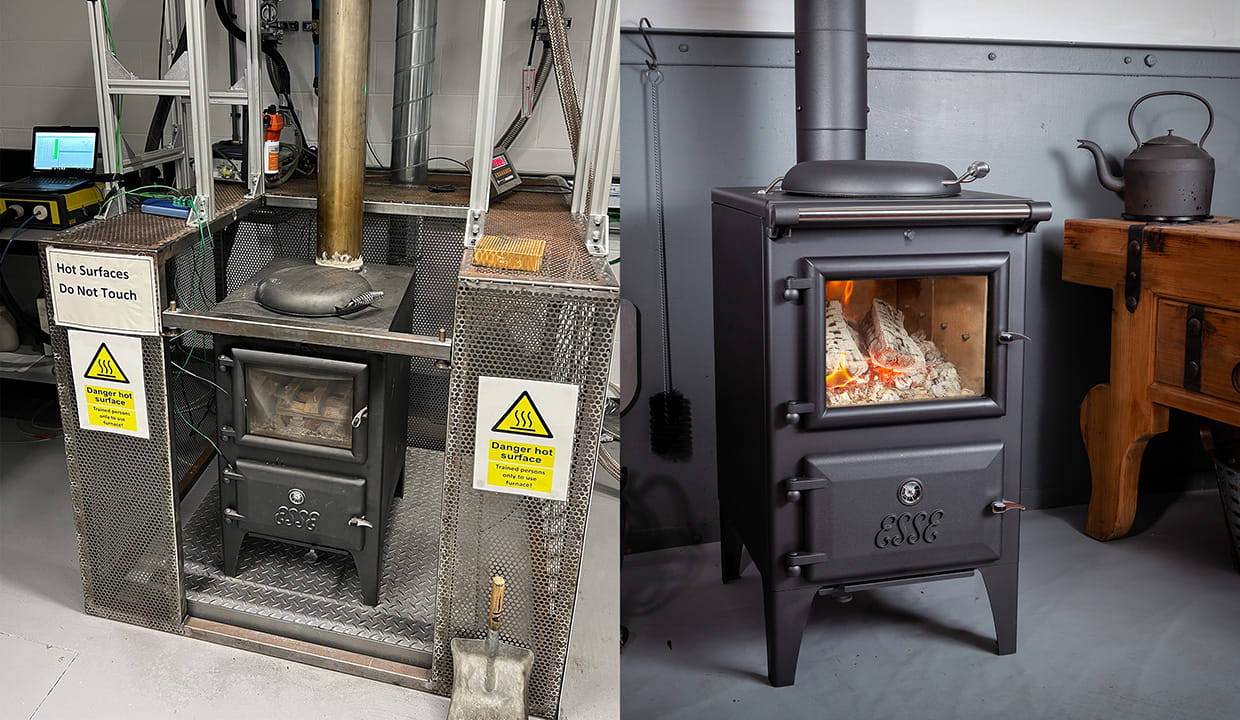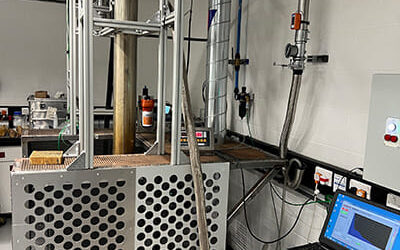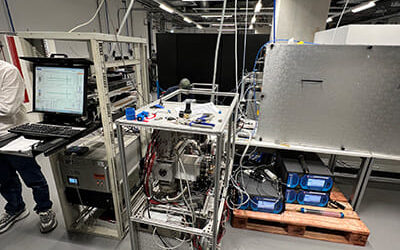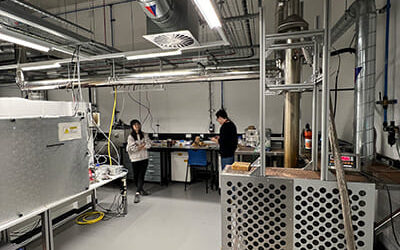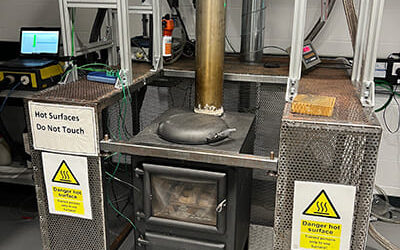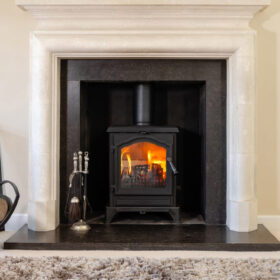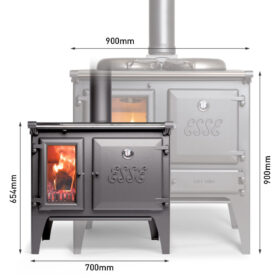In an age of controversial headlines and increasing amounts of misinformation around wood burning stoves, we would like to highlight a clear distinction between ‘wood burners’ (when they are including low quality or outdated inefficient stoves and open fires) and the clean-burning technology of today’s modern wood burning stoves.
As Production Director of ESSE, the UK’s longest-standing master stove maker (est. 1854) I think it’s important to reiterate that a well-designed wood burning stove, properly fuelled with dry firewood is a sustainable, carbon-neutral means of heating. These stoves can actually improve air quality within the home by drawing air in and up the flue, and homeowners are likely to encounter significantly more particulate matter when spraying deodorant, cooking meat, or burning candles, than by enjoying the welcome warmth of a wood burning stove.
Peter Ashby
ESSE Engineering, Barnoldswick

While a lot can change in almost 170 years, what has remained constant at ESSE since the company was founded – is a wholehearted commitment to producing the cleanest-burning, most efficient stoves and range cookers.
Throughout every era, ESSE has been at the forefront of pioneering design to ensure our stove collection continually evolves and meets the demands of discerning modern homeowners.
Adverts from as far back as the 1920s herald ESSE’s ‘clean burning’ and ‘economical’ technology.
ESSE’s innovative twin catalytic combustion technology – which reburns smoke particles it produces – even has a British patent. Today, our experienced technical team work with world leaders in clean combustion technology to reduce particulate emissions still further, without compromising on performance and control.
ESSE continues to invest in research, design and development, partnering with Manchester University to ensure all stoves exceed today’s stringent certification process.
Amanda Lea-Langton, Department of Mechanical, Aerospace and Civil Engineering at University of Manchester, says:
‘We are working with ESSE products to establish the most efficient combination of fuel volume and combustion process to minimise particulate emissions and to educate customers on how to use their existing stove to make a positive contribution to improving air quality. We are also working on a project in partnership with York University to examine how emissions can be affected by different fuels and influenced by user behaviour. Additionally, we are looking at innovative design modifications and catalytic processes to enable further improved flue emissions. ESSE has been instrumental in enabling us to carry out this valuable research.’
Sometimes, information around woodburners can seem confusing and occasionally contradictory.
ESSE strives to be a reliable source of consistent data regarding modern wood-burning stoves and their impact on air quality:
Not all fires are created equal
– ‘Woodburners’ can be used as a universal term in the media, and may also refer to open fires and old, broken, or poor quality stoves.
According to gov.uk, 70% of wood burning in London occurs on open fires.
You may have come across the statement that ‘17% of London’s emissions’ come from domestic wood burning or wood burners. It’s important to remember that open fires, outdated stoves and even bonfires all bolster this figure.
Wood-burning stoves account for only a tiny fraction of this; an estimated 1-2%.
Stoves should be used and maintained correctly
– Make sure to follow the usage guidelines from your supplier, and use only clean, dry, seasoned firewood. According to Chief Medical Officer Christopher Whitty, when it comes to air pollution emissions ‘there is substantial difference between the different open fire and stove designs, the age of the appliance and how well maintained it is, and the moisture content of the wood’.
Keep figures in context
It is always important to be aware of emissions and particulate matter such as PM 2.5s. That’s why ESSE continues to invest in research and development of the cleanest burning stove technology.
It’s also quite important to remember that more particulate matter will be encountered when using deodorant, cooking a steak, or having a candle burning – than by enjoying the welcoming warmth of a well-built wood-burning stove.
Sustainably sourced wood is a renewable fuel
Wood is a renewable and carbon-neutral fuel, which only gives out the same amount of carbon when burned as was absorbed during its growth. It’s a far cry from open coal fires of old!
Read critically
– If a daunting headline or controversial poster catches your eye, be sure to read it in full.
London Wood-Burning Project is an anti-woodburning group that created a poster campaign across the capital as well as a 127-page report. The below sections of that report are of particular note:
When discussing Ecodesign compliant stoves, the findings were that these models actually ‘demonstrated some benefits for indoor air quality. Indoor PM2.5 did not increase when adding fuel to the stove once lit… At times there was actually a decrease in indoor concentrations of PM2.5 when adding fuel.’
This improvement in air quality can be attributed to the way that modern stoves actually draw particulates in and away via the flue.
Again, the report also highlighted that ‘the biggest increases in PM2.5 concentrations indoors did not relate to indoor wood or solid-fuel burning but instead were a result of cooking, especially frying, grilling and use of the oven, and particularly when the extraction fan was not used.’
Rest assured
Since 2022 only the cleanest-burning stoves complying with the Ecodesign standard can be legally sold in the UK. ESSE went above and beyond in the process of future-proofing its range of clean-burning wood-fired stoves and range cookers to meet and exceed emissions standards.
Read ESSE’s FAQs about woodburning emissions and restrictions.
